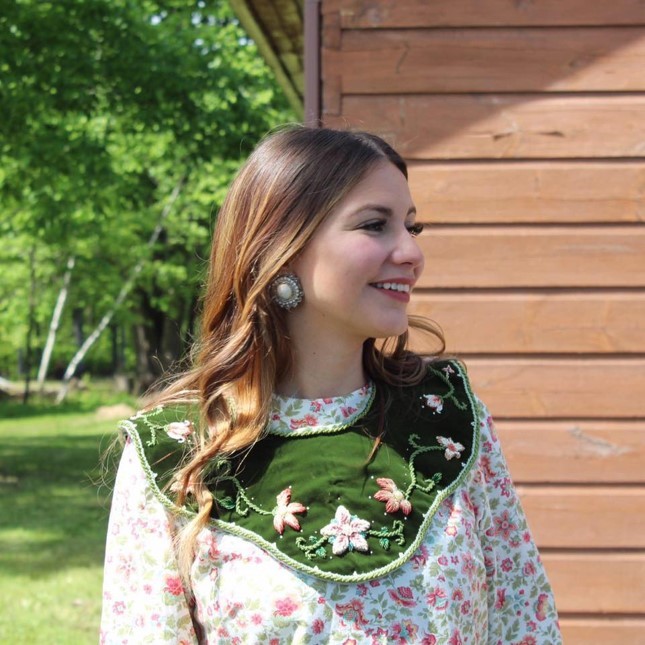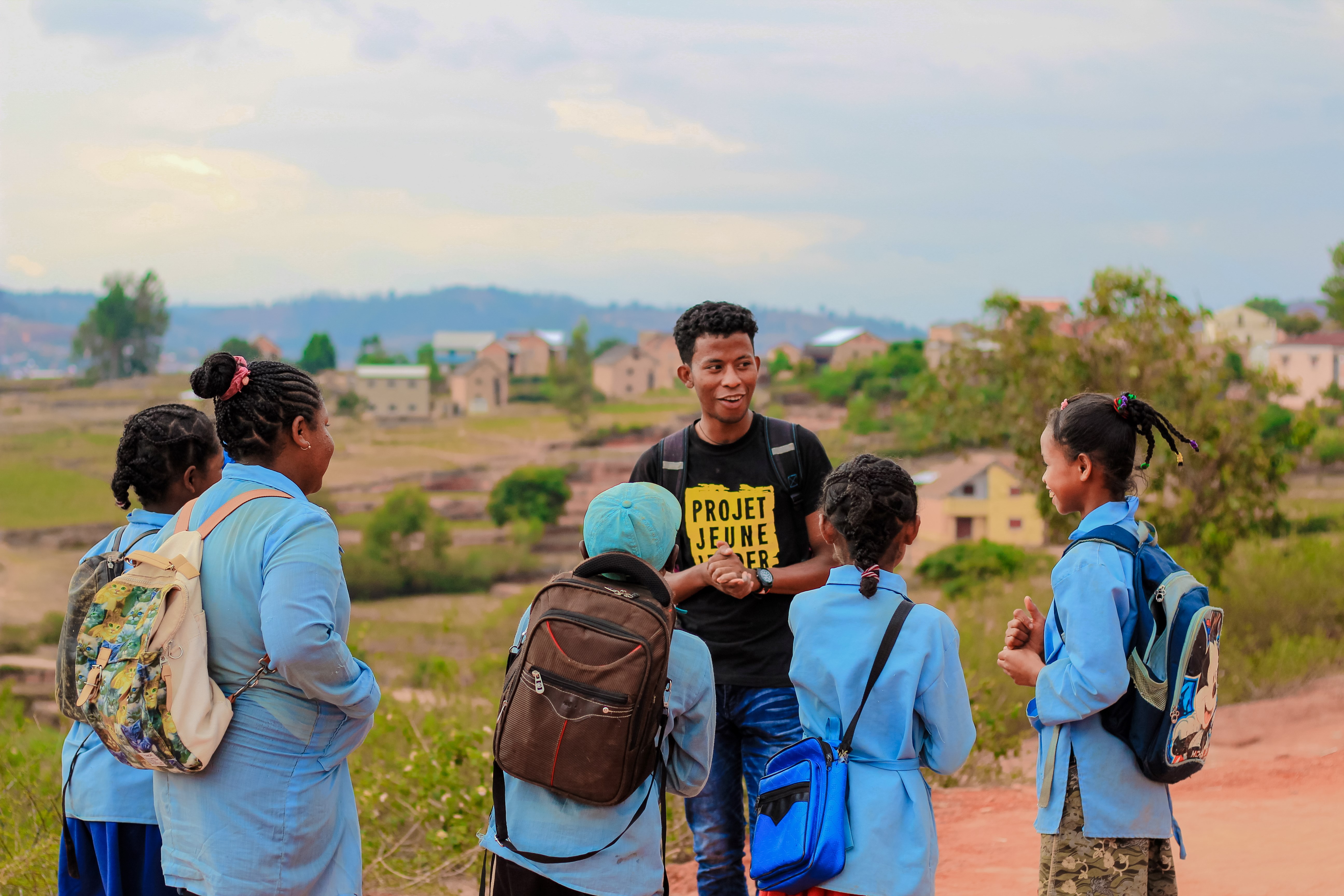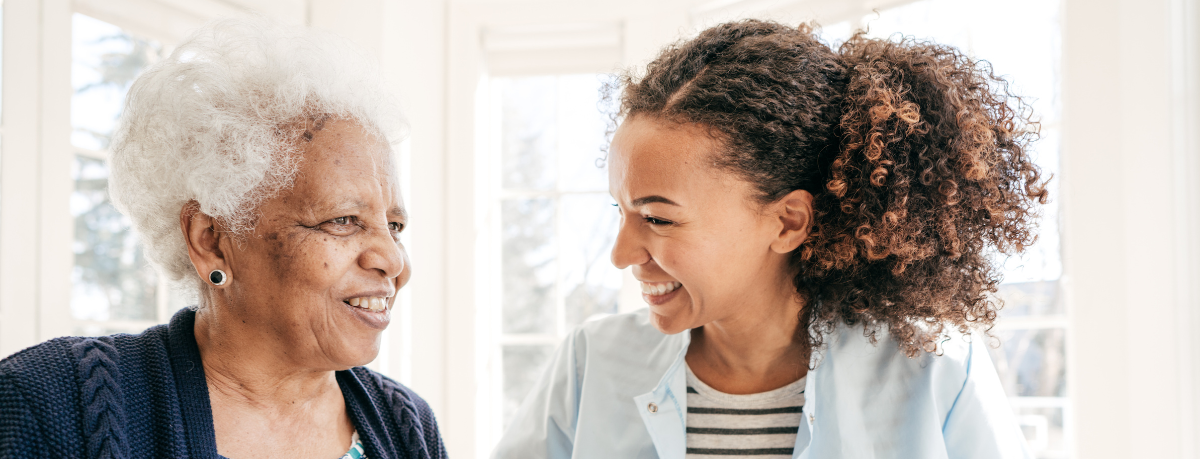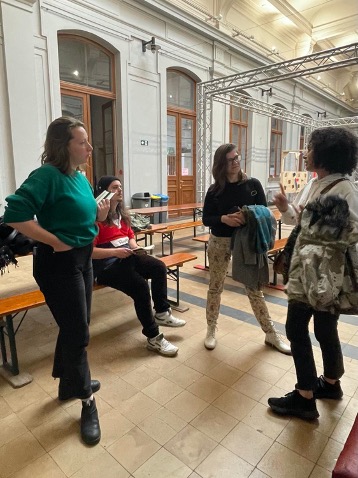Youth engagement is a challenge for many communities across Canada, and it is a key determinant in the success or failure of any youth program. In my home community, the situation is no different. The Kahnawake Collective Impact (KCI) began its journey within the small Mohawk community a little over 5 years ago, along with the help of the Tamarack Institute. In that time, we have developed an autonomous ‘organization’ with multiple working groups and a steering committee at its core.
I joined the project in 2015, inviting myself to a meeting amongst business leaders, bank, and financial managers and directors. As we went around introducing ourselves, I was in awe (and a little intimidated) at the people who sat beside me, and when it was my turn, I stated my ‘position’ in the community: a single mother of one, who worked as an events manager at the local hotel. At first, I was afraid to even say it. But then I thought, “you are who you are, and what you have to say is important”. My presence at this meeting was appreciated. I felt like I was speaking on behalf of my fellow youth, and my son. After this initial meeting, I was invited to a few more, and participation was very much welcomed. 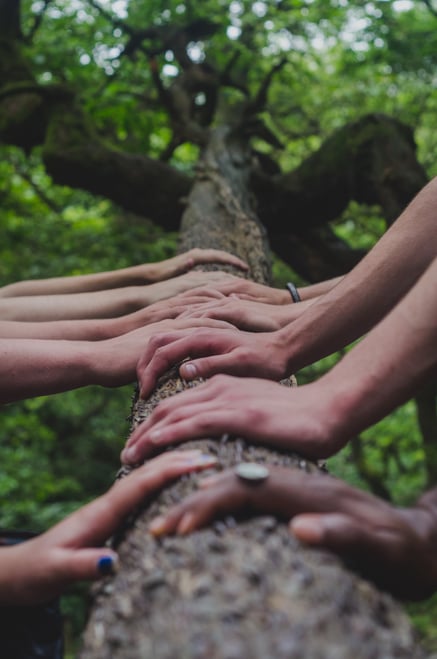 This was the start of my work towards bettering my community. However, through my work in and out of the project, I was not seeing many people my age participating in leadership roles or in any community development projects. To be honest, I don’t blame them. It is intimidating to be amongst older adults who have been working in the community for a long time, and it can be disheartening to feel like your voice does not matter because of your age or ‘inexperience’. Yet, this is where I feel like the Kahnawake Collective Impact is different.
This was the start of my work towards bettering my community. However, through my work in and out of the project, I was not seeing many people my age participating in leadership roles or in any community development projects. To be honest, I don’t blame them. It is intimidating to be amongst older adults who have been working in the community for a long time, and it can be disheartening to feel like your voice does not matter because of your age or ‘inexperience’. Yet, this is where I feel like the Kahnawake Collective Impact is different.
One of the priorities determined through the work of the KCI steering committee has been identified as ‘Wholistic Health and Wellness Initiative for Youth’. Recently, KCI was invited to participate in the Communities Building Youth Futures (CBYF) project, beginning with the Annual Gathering. During the three-day event, I had the opportunity to meet so many different people from more than 13 communities across Canada working at every level, all geared towards youth. Some folks were youth starting their careers, and some were professionals in their fields, yet all had the same goal: improved futures for youth. It was a powerful feeling to hear the differing stories of the folks who were working so diligently to help the youth in their own communities. The conversations that we had throughout the workshops and presentations had taught us all new things and opened our eyes to new perspectives and approaches. And again, my voice was appreciated and welcomed – that is a powerful feeling.
I came home with a sense of connection to a bigger community, and grateful to have had the chance to meet folks with the same goals as mine. In my perspective, the opportunity of the project presented a viable framework for improving the lives of youth within the community. As every community is different, the needs are just as diverse. However, this project can be utilized to engage youth in their future and determine their desired outcomes, at the same time as providing tools, encouragement, and resources. The support given by Tamarack considers reflection, learning and evaluation throughout the process, which is essential to ensuring that the principle of ‘with not for’ is being maintained. Respecting the essence of Indigenous methodologies, it is important to determine the needs for the youth with the youth and ensure that there is youth input in the decisions that will be made on their behalf moving forward.
